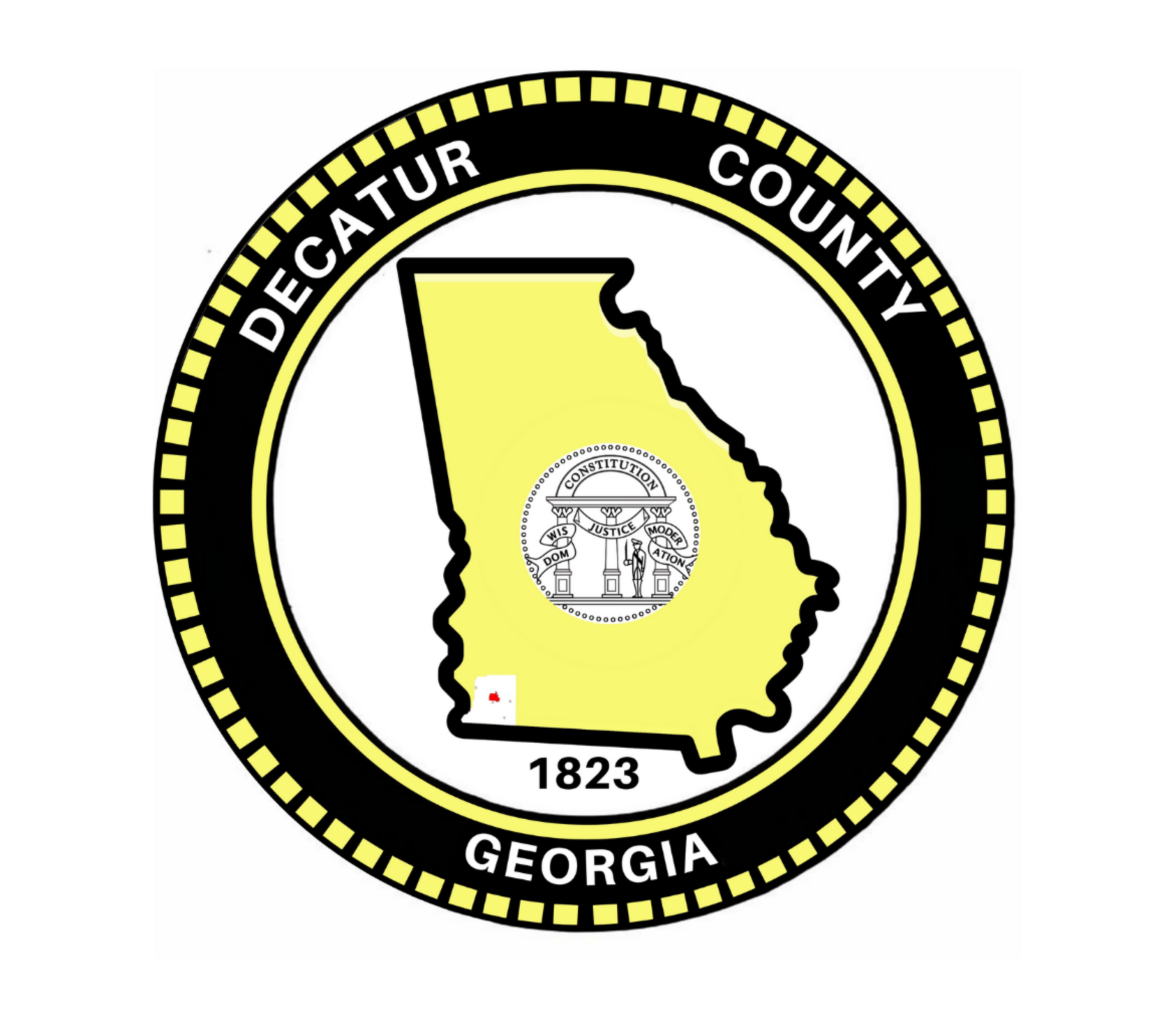Bishop tours flood damage
Published 2:53 pm Friday, April 10, 2009
U.S. Rep. Sanford Bishop, Jr., D-Albany, surveyed on Wednesday flood damage that resulted from heavy rainfall in Decatur County between March 26 to April 2.
Bishop met with local officials, including County Administrator Tom Patton, County Commissioners Palmer Rich and Charles Stafford, and Road Superintendent Billy Leverette.
“This was a severe weather event that caused a lot of damage, millions of dollars in losses, displaced families and a lot of infrastructure damages,” said Bishop. “I understand the need for repairs to deteriorating infrastructures, to make it safe to protect our communities from this kind of devastation.”
Bishop urged officials to apply for federal stimulus package funding allotted for flood control by developing plans to combat flooding and drainage problems.
The group provided Bishop and his staff, including field representative Wallace Sholar, Agriculture Specialist James Crozier and District Director Kenneth Cutts, with a tour of the areas of Decatur County that experienced flood damage.
During the tour, Crozier said they have been working to coordinate efforts with the Federal Emergency Management Agency (FEMA) and state departments to make sure the preliminary assessments of damage go smoothly.
“We are working to make sure citizens are getting everything they need from the state and federal governments,” said Crozier.
He said it takes time for the flood waters to recede before a complete assessment of the damage can take place by FEMA.
Duane Bradford, a public information officer with FEMA, provided The Post-Searchlight with some insight into the process of receiving individual assistance funding from FEMA.
Bradford said initially a request is made for FEMA along with the Georgia Emergency Management Agency to conduct a preliminary damage assessment. The information includes damage or emergency costs incurred by units of government and the impact to critical facilities such as public utilities, hospitals, schools and fire and police department.
FEMA also assesses a number of factors to determine the severity, magnitude and impact of the disaster, specifically looking at factor such as the number of homes destroyed or damaged, the impact on the infrastructure of the area, the dispersion or concentration of damage, etc.
The information is then provided to the state where the governor may make a disaster declaration request that identifies specific counties. The governor may then seek a presidential declaration through the FEMA regional office. If approved, FEMA would be able to step in to provide individual and infrastructure relief funding. In the request, the governor certifies that the combined local, county and state resources are insufficient and the situation is beyond their recovery capabilities.
Bradford said the maximum amount that can be provided in individual assistance by FEMA is $30,300, although it is rare for a recipient to receive the maximum amount.
“Assistance provided is to help them return to where they were living,” said Bradford.
Bishop visited with residents experiencing flooding on Slough Loop Road as water continued to flow from the Big Slough across the roadway and through the area.
He spoke with one area resident, Homer Caldwell and his family—who were forced to evacuate their home at 243 Slough Loop Road on April 3, and had yet to be able to return. Caldwell said he and his family had only lived in the home for two months.
Bishop also met with local officials, emergency management officials and home owners experiencing flooding in Baker, Mitchell, Lowndes and Dougherty counties on April 7 and April 8.





